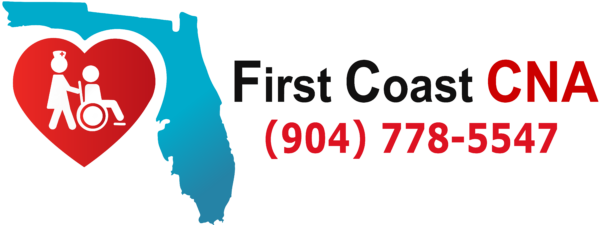Vital signs are called vital signs for a reason—they’re vital. They measure some of the most basic functions of our body, whether our heart is pumping or our lungs are filling with sweet, sweet O2. If something is going wrong in the body, your vitals are the quickest way to tell. That’s why CNAs are entrusted with proper techniques to take vital signs during their training, and why we’ve decided they’re worthy of review. (Plus—hint hint—you’ll need this for your Florida Prometric CNA Test).
Body Temperature
There are a few avenues to take body temperature: orally, rectally, axillary, or via the ear, temporal artery, or the forehead. Each method may give you a slightly different reading. For instance, taking a temperature under the arm may give a lower temperature than orally. It’s also important to note that men and women as well as adults and children may have different resting core temperatures. The patient and the method should be taken into consideration before deciding if the patient has a fever or hypothermia.
Respiration Rate
Simply put, the respiration rate is how many breaths a person takes per minute. This is taken by watching a person’s chest rise and fall over the course of a minute. Respiration rate fluctuates with physical activity. Even walking can impact rates, so a patient should be at rest before respiration rates are taken. Respiration rates are usually 12 to 16 breaths a minute for healthy adults and much higher for children.
Pulse Rate
Also known as heart rate, pulse rate is how many times a heart beats every minute. Healthy rates for adults can range from 60 to 100 beats per minute, with lower heart rates suggesting healthier, more efficient hearts. Pulse is usually taken by placing two fingers on a place where the arteries run close to the skin, such as on the inner wrist, on the inner arm opposite the elbow, or on the side of the neck beside the windpipe. The best practice is to use a watch or clock to keep track of time without losing count of the pulse.
Blood Pressure
The force of the blood pushing against your vessel walls is blood pressure. When the heart contracts, the pressure is higher. This is your systolic pressure. When it relaxes, the pressure is lower. This is your diastolic pressure. You find both using a sphygmomanometer.
Once you get past pronouncing the word, the proper techniques to take this vital sign is relatively simple. The patient should be seated comfortably and have their arm fully exposed and the cuff placed snuggly just above the artery. After inflating the cuff until the pulse can’t be heard, keep an eye on the meter as you slowly release the pressure. Once you hear the pulse, take note of the number. This is your systolic pressure. As you keep deflating, listen for when the pulse disappears again. That is the diastolic pressure. Both numbers are part of the blood pressure reading.
